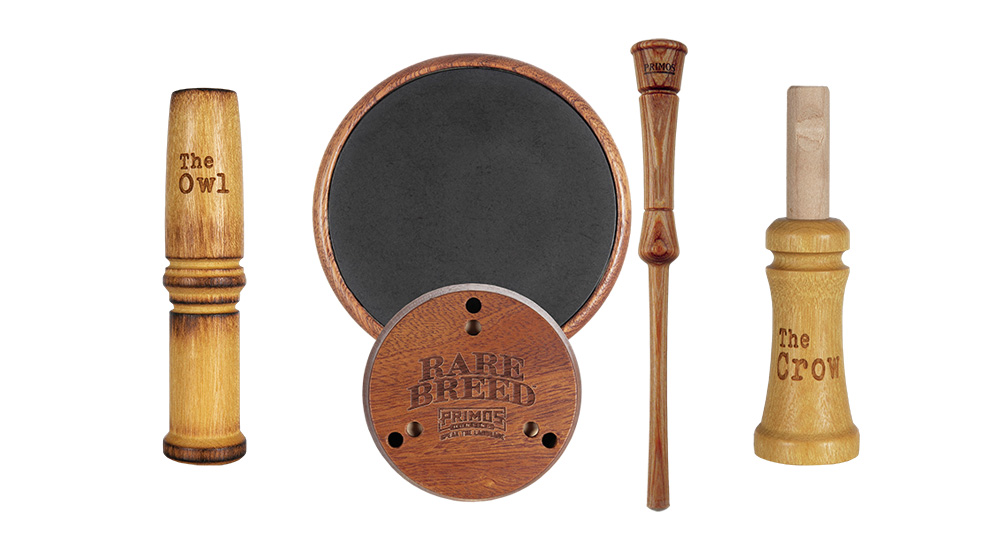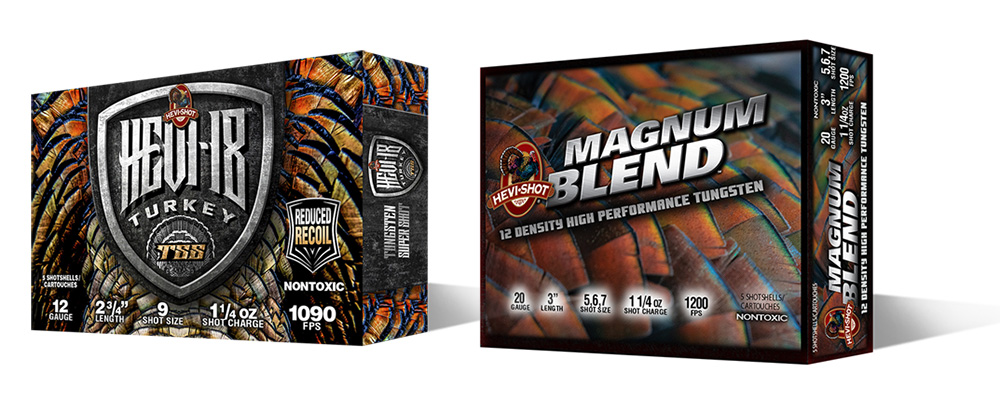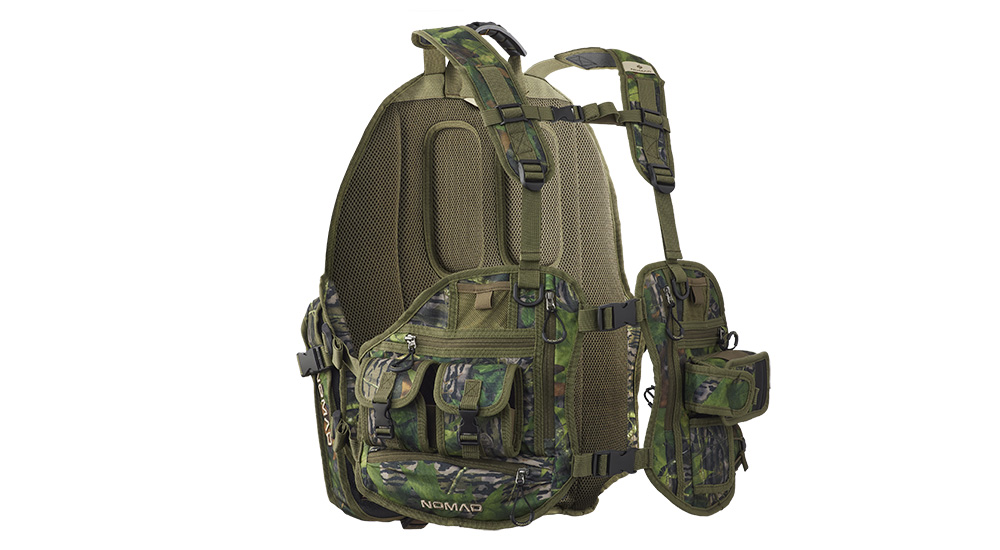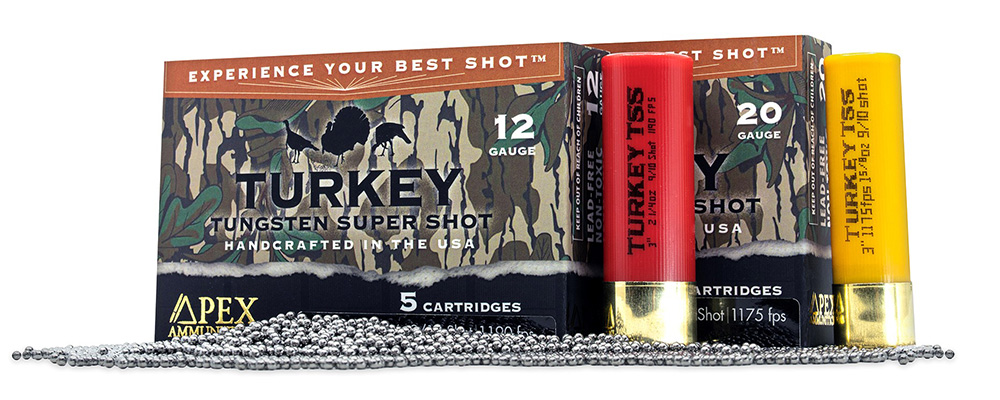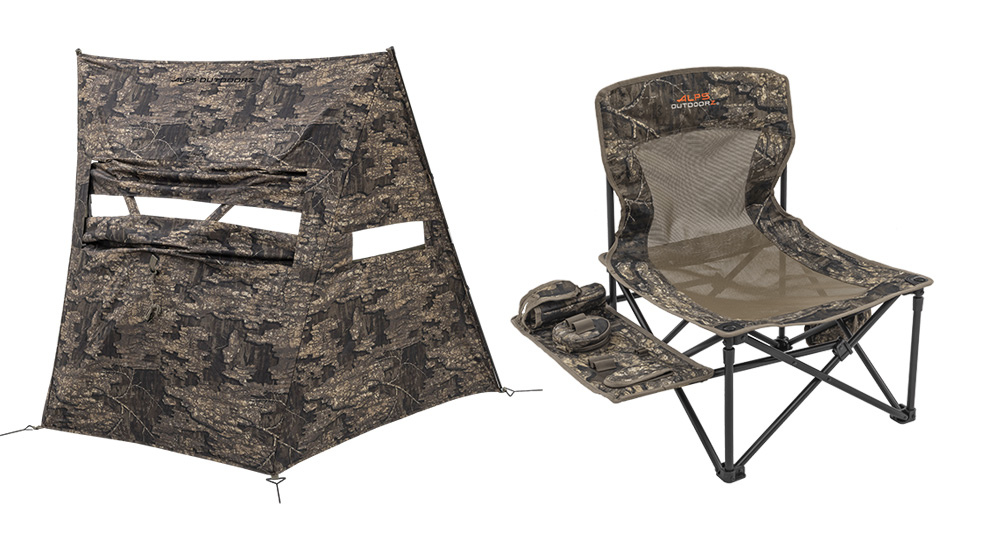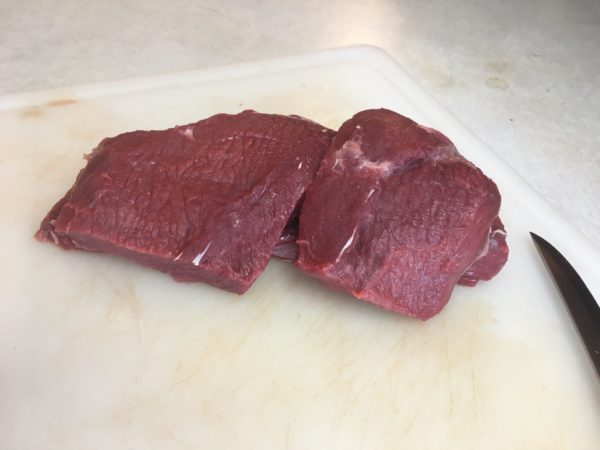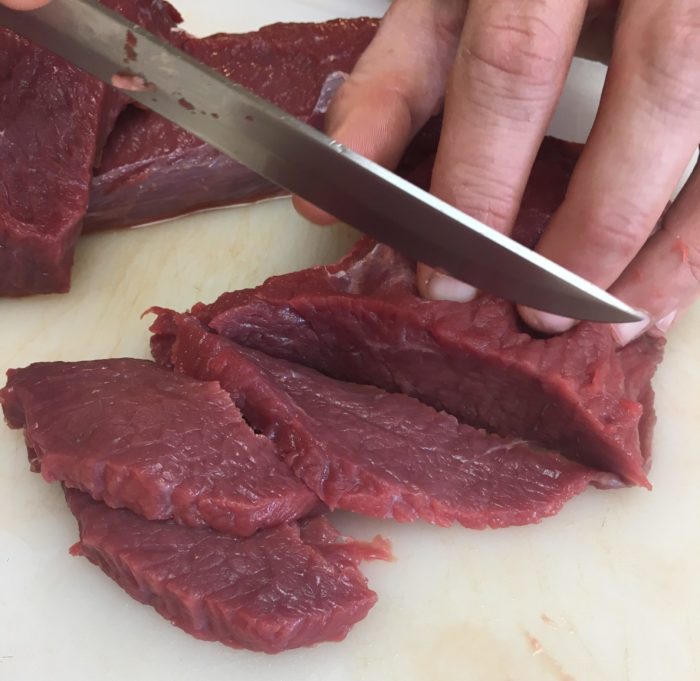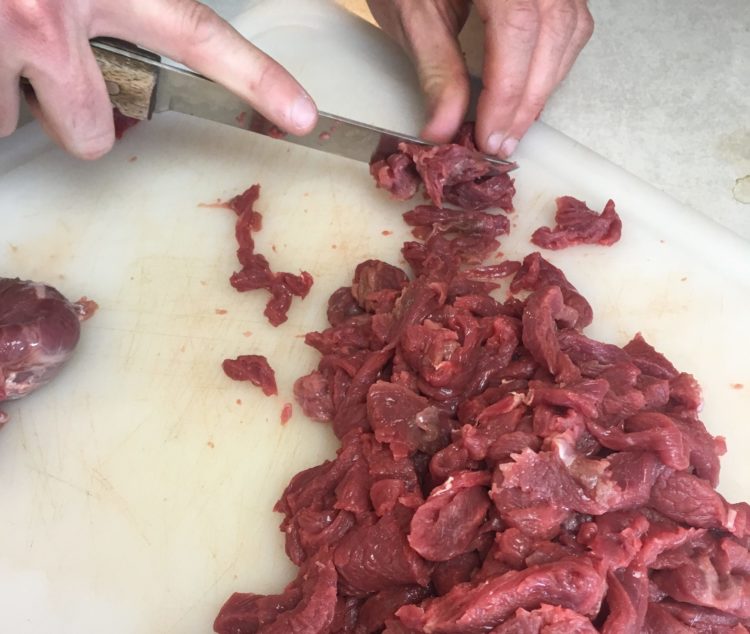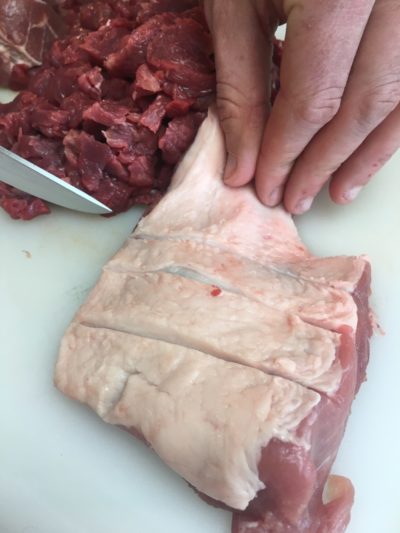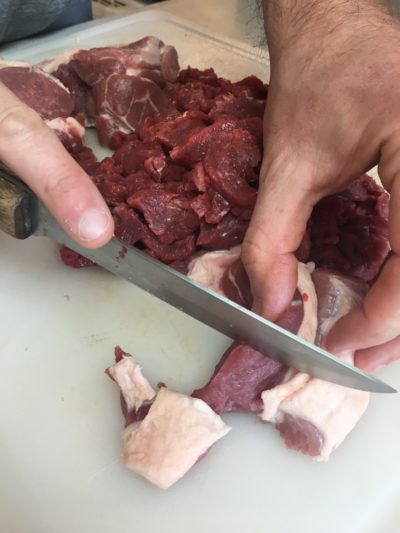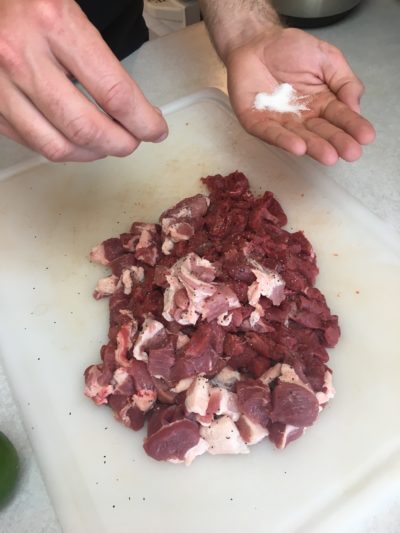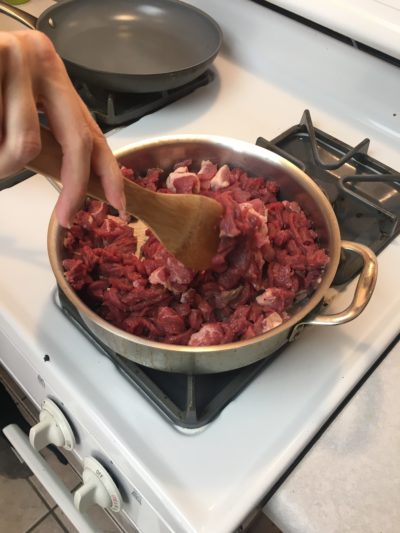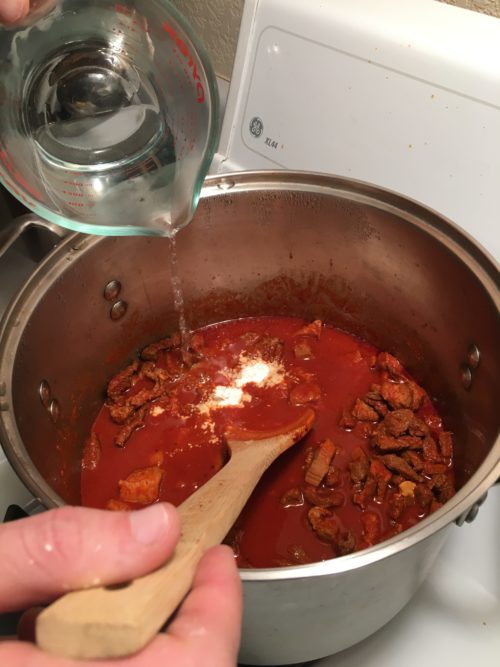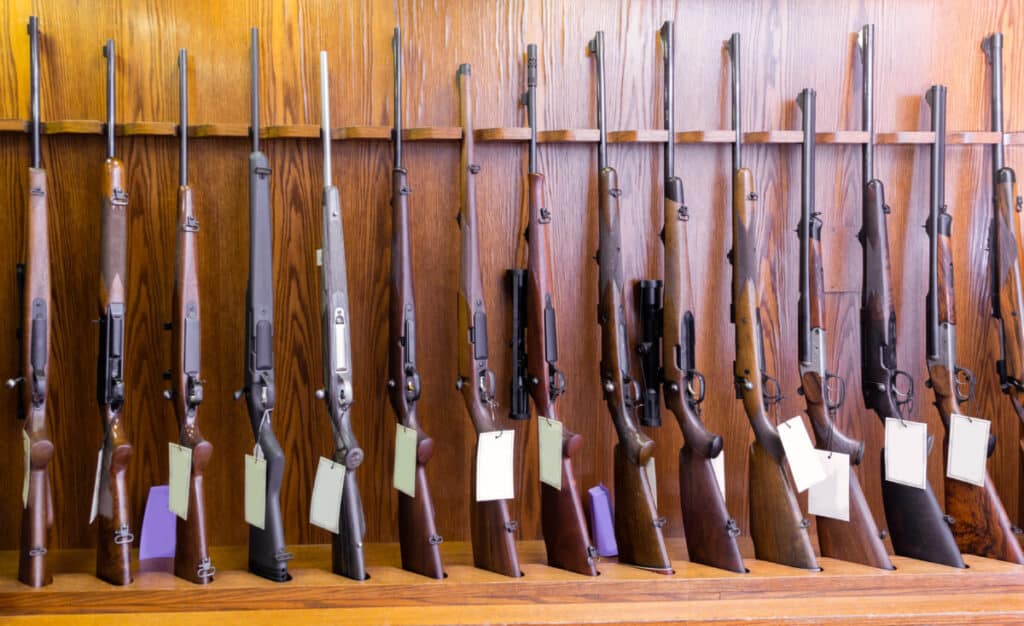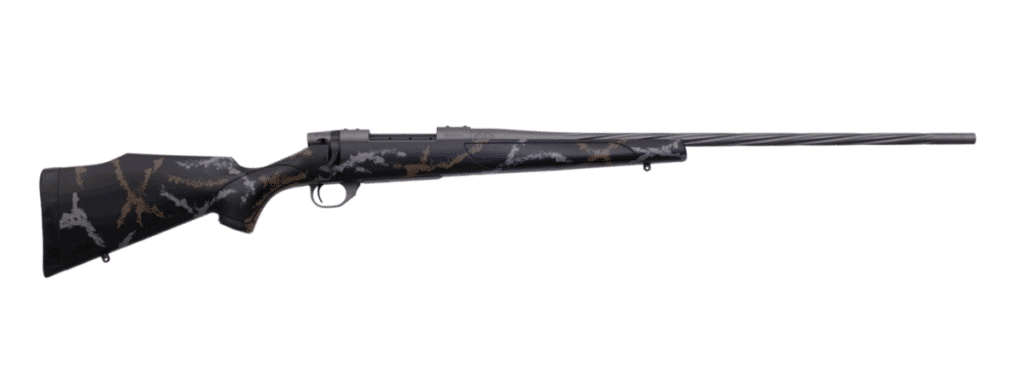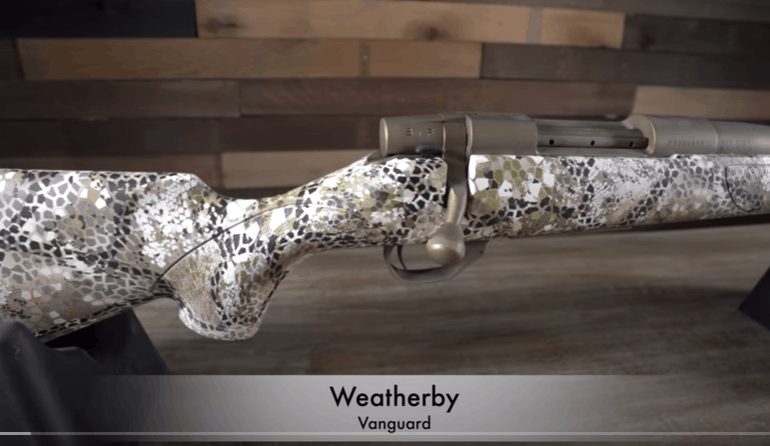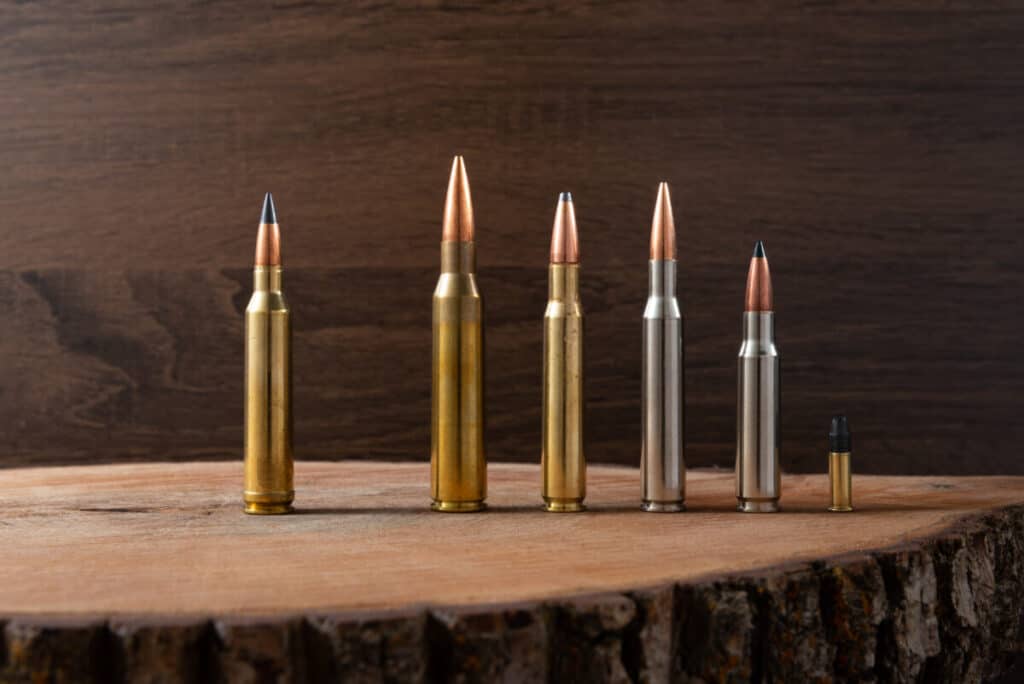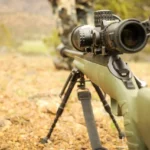Since the mid 20th century, there’s been an exciting tradition of shooting with QB series air rifles.
Model 160 and 165 series of CO2 rifles produced during the reign of Crossman was used for training by the US Air force,
Due to its simple design and lightweight features.
Although the Crossman 160 was upgraded, it didn’t become popular because of its higher price.
Spotting an opportunity, Chinese manufacturers began making air rifles at lower prices which became popular.
As Crossman rifles ceased production, the QB series took over the market thanks to its value for money.

Thus, there’s been something of an emotional connection between shooters and QB air rifles for decades now.
Taking this into consideration, the CO2 Bolt-action rifles of the QB series have become the first choice in the World of Airgunning.
The Beeman QB78 Air rifle is the best option for those who are searching for a classical look, exceptional accuracy, and an affordable price.
Experienced shooters know full well the worth of the 12g CO2 power air rifle.
Many more brands have emerged in the market offering more modern and equally high quality and accuracy options,
But they don’t have the same heart and soul that can be found with the QB air rifle.
(For more on the best air rifle brands, see this post)
If you are looking for an air rifle at the lowest possible price with extraordinary features and benefits,
Whether you are participating in the Olympics, shooting in your garden or backyard, or sending a gift to a youngster, the Beeman qb78 and Beeman qb78 deluxe are the options for you to choose between.
You can also take a look at the best air rifles in 2021.
Now, I’d like to go over the features of these, allowing you to judge which option, the QB Standard or Deluxe suits you the best.
Table of Contents
Beeman QB78 – Anatomy Of The Gun
The essential requirement of the shooter is to have the best working weapon.
Reliability is of the utmost importance.
The bulk fill of 12g CO2 in the Beeman QB78 and Beeman QB78 Deluxe caters for an average of 60 back-to-back shots per fill, and 78 shots as a whole at .177 caliber.
The bulk fill of CO2 means the ability to shoot more with consistency across the FPS range, allowing the removal of the bottle.
When done with shooting, the gas should not be stored in this pressurized form as it can damage the gun, therefore you should really use all the CO2 while shooting.
The Beeman QB78 air rifle allows only a single shot at a time before reloading is required.
This takes a bit of time of course, but those who love the traditional concept of air gun rifles would like the Beeman QB78 or Beeman QB78 Deluxe.
As we’ve alluded to, there are two models in QB78 — Standard and Deluxe.
Both are available in .177 caliber and .22 caliber.
The QB78 Deluxe has the upgraded features of a 2 stage trigger, Truglo fiber optic, and brass hardware.
(For more on the differences between .177 & .22 and which jobs they do best, see this post.)
For better sight alignment, the Deluxe model features a Monte Carlo Style cheek piece when using a scope,
Making it clear that though the Beeman QB78 and Deluxe models are very simple, unique and accurate at service, these might not be something to gift after use.
The rifle is perfect to have around in your car and start having fun with it in your garden or backyard because the gun is reliable despite its low cost.
The $99 price tag is very appealing since not everyone has the means for a more expensive air rifle.
But don’t let that put you off in terms of quality – if someone buys and experiences the Beeman QB78 or Beeman QB78 Deluxe, they would surely recommend it to family and friends.
It’s an exciting and reliable gun at a very low cost.
See our list of top 5 air rifles under $100 for beginners.
European hardwood stock gives the air rifle the Unique Classical Look. The Beeman QB78 and Beeman QB78 Deluxe don’t look cheap in any way.
Moreover, the authenticity and accuracy make the air rifle more desirable.
Even if someone wishes to give a present to a child, the QB is the best option as it is affordable and undoubtedly much better than a toy gun.
The parts of the Beeman QB78 rifle are somewhat easy to remove and clean, which allows for better durability.
Stock
The Beeman QB78 air rifle stock comes with wood and metal, enhancing the classic look.
Moreover, the wood is not synthetic; it is real wood, which again makes the rifle look authentic and regal.
If you consider the price, this look is ultimate for the product at such a low rate.
The metalwork is done with bluing, helping to beautify the rifle.
It is notable that while restocking the action if you over-tighten the Strap Screw (2402) then it may result in breaking the Strap Assembly (2400).
The stock of the Beeman QB78 is made with European hardwood. Therefore, the finish is smooth and silky, as well as durable.
Even rough handling won’t affect it much. Considering the price, the material is quite impressive.
(For more on the in-depth comparison between synthetic and wood stock, see this post.)
The Beeman QB78 has a gold-bolt handle and trigger as well.
The finishing is beautiful as it is quite simple and smooth looking.
The barrel length is 21.5 inches, allowing for good-distance shooting.
Color
The Beeman QB78 comes in brown, while the Deluxe is a little lighter in shade.
Those who are in search of a Classical air rifle can have QB78, and the Beeman QB78 Deluxe would be the best option due to the attractive traditional brown color.
The bluing makes the rifle much more eye-catching too.
Shooting Ability
First of all, the BeemanQB78 air rifle is light.
It’s easy to carry and shoot.
With a typical 3 9*40 AO scope, it weighs 6.5 pounds.
Compared to other PCP rifles, there is low fill pressure, therefore it’s easy to reach optimum air pressure.
Even with little modifications and adjustments, the Beeman QB78 Deluxe’s performance can be enhanced greatly.
Moreover, experienced shooters know that CO2 gas-filled air rifles are much more suitable for shooting accuracy.
Trigger
The Beeman QB78 deluxe comes with a manual guide for the adjustable trigger.
Additionally, the trigger of the Beeman QB78 air rifle is finished beautifully with the gold-bolt handle.
The Beeman QB78 deluxe air rifle is able to be upgraded with a two-stage trigger.
There is also a lock for the trigger.
The trigger is smooth, and easy to handle because of its lightweight of around 6.5 pounds.
Therefore, a shooter can control the air rifle easily; the weight is pretty fair, even for a young shooter.
If you want to assemble the trigger components, the manufacturer does warn that pushing the valve assembly beyond the transfer port may tear the O-Ring.
The trigger is unpredictable as you cannot say what would happen after the changes you made.
It is clear that even while you can remove the trigger from the stock, it can create a bit of a mess.
Therefore, I would recommend going through the manual in detail before you take any such action.
That such a comprehensive manual has been provided is one of the main reasons that the Beeman QB78 is in such demand worldwide.
You can of course still make any changes you wish, if you know what you’re doing.
The main reason for the warning is that doing so undoes the factory settings,
And if you get a little stuck in the process it could be hard to undo your work and leave the rifle in an unworkable condition.
Sight
The Beeman QB78 air rifle has front and rear sights.
The Beeman QB78 and Beeman QB78 Deluxe come with the best type of sight i.e. Fiber Optic.
The most interesting point to note here is that the rear sight can be adjusted like any other high-quality air gun for windage and elevation.
Shooters tend to opt for guns with unobstructed sights, as accuracy is the very first priority.
For clear vision, they often go with a mounted scope.
The testing scope for QB78 is CenterPoint 3-9×32.
This was used because it was the closest and the most popular hunting scope.
And the results are again incredible. It can be said that the sight of the Beeman QB78 air rifle is exceptional.
If you wish to detach the rear sight, you may disconnect it, but while removing it is easy, it can be a little tricky to put on again.
If you have a manual and you are following the steps and have the confidence to reattach after, then feel free, but do take care.
Loudness
There’s no denying that this is a loud gun.
It might be ideal for backyard use if you have neighbors nearby, but at least it’s easy to carry if you go further afield.
It’s not so loud that it requires earplugs at least!
Weight And Length
The weight of the air rifle QB78 is 6.5 pounds with a length of 39.75 inches.
Any young person can handle it.
A lighter-weight rifle allows accuracy while shooting and ease of carrying of course.
Its length is more of a challenge, as it does take up some space and can seem a little ungainly if the user is small.
Barrel Length
The length of the barrel of the Beeman QB78 air rifle is 21.5 inches.
For the Barrel, it is prohibited not to twist the Barrel (2700) when installing it.
Twisting may damage the Barrel O-Rings (2700).
Accuracy, Velocity, And Trajectory
While testing the accuracy, we chose to shoot with .177 caliber ammo.
Besides, the rifle’s trigger is on the soft side, engages cleanly, and breaks lightly, making quick and accurate shooting quite easy.
In comparison to other low-cost rifles, the Beeman qb78 Deluxe is the perfect choice for the shooter.
(Check out this list for the best .177 air rifles.)
Here, you can see the performance of the Beeman QB78 Deluxe 0.22 caliber with fiber optic sights, Crossman premier HP 14.3gr pellets, and a slight elevation above the bore of 0.75 inches.
| Range (yds) | Trajectory (in) | Velocity (fps) | Energy (ft.lbs) |
| 5 | 0 | 494 | 7.7 |
| 7 | 0.2 | 487 | 7.5 |
| 10 | 0.4 | 478 | 7.2 |
| 13 | 0.45 | 468 | 7 |
| 17 | 0.3 | 456 | 6.6 |
| 20 | 0 | 447 | 6.4 |
| 23 | – 0.4 | 438 | 6.1 |
| 25 | – 0.8 | 433 | 6 |
The Deluxe is well capable of penetrating at 21 yards. Therefore, there’s no doubt that it is capable of killing birds inside 20 yards.
(For more on everything you need to know about air rifle accuracy, see this post)
MountainSport Airguns used the Beeman QB78 to take down a rabbit at 42 yards:
Mods
Beeman QB78 mods are highly regarded, from simple to full-on PCP conversion power upgrades.
Without any doubt, there is no fear of the shooter for any breakage during modifications.
Therefore, it is safe to modify the rifle. The Beeman qb78 air rifle is very simple to use.
Maintenance
The Beeman QB78 rifle does not require expensive tools for maintenance.
If the surface is in need of care, just get ahold of some grease and wipes to clean it up a little.
This air rifle is pretty low maintenance and should perform well for years.
To extend this even further, regularly lubricating the seals and O Rings will help a great deal.
There are many other options for maintaining the Beeman QB78 air rifle.
These steps can be beneficial.
Without wasting any time, I will discuss the steps you can take to improve the reliability of the rifle.
| Breech | You can fit a 7” by 1 ½” strip to polish all the burns of the breech tube in a 7/16” dowel with emery paper. A drill motor would be used to spin the dowel and pass the strips 200 to 600. |
| Tube | Here, 220 to 600 grits are used. Take emery paper strips of 7 ” x 1 ½” with 5/8” slotted dowel to spin. |
| Bolt | Take the Bolt and strip all of its parts. After that, polish the bolt with spin at low speed with 220 grit paper until all of its bluings goes away. |
| Barrel | Fine stone and Dermal are used to break the sharp edges of the “loading tray”. Emery paper of 200 to 600 is used to polish the stoned areas. You can test the smoothness of the barrel “crown” with a cotton Q tip. |
| Trigger | Using the grit emery paper 600, first of all, remove the trigger and sear, and then polish the contacting surface. |
Precautions
While you are handling the weapon, you should be very conscious of any adjustments you make.
This helps in the future, should you wish to reset something or make more changes.
Beeman QB78 Has Three Features In Trigger Adjustment
Trigger Force Or Tension
It is set to about 4 pounds.
If you want to reduce the trigger force, just turn the screw clockwise to reduce the tension.
It is necessary to note here that the tension force must not be below 2 pounds, otherwise, if the rifle is dropped there could be an accidental firing.
Backlash
It is set to be 0.25”.
The screw can be turned clockwise to reduce this.
Beware though, that if the screw is turned too far, it can prevent the rifle from firing.
Like any mechanism, it can be compromised if mishandled.
Engagement Of Sear
0.125 inches is the set value for the sear engagement, which can be reduced by turning the screw clockwise.
Reduced sear engagement can result in accidental discharge if you drop the rifle.
Accessories
Through accessories, the shooter can make little modifications to have better results or to fulfill the requirements.
The sight and scope can be replaced if you are not satisfied.
Specifications
- Beeman QB78 is a single-shot air rifle
- Beeman QB78 is filled with CO2 gas
- Beeman QB78 has 2 stage trigger makes the gun safer and easy to use
- European hardwood stock
- Manufacturer is BEEMAN
- Beeman QB78 Ammo type is Pellets
- Beeman QB78 action is Bolt-action
- Beeman QB78 barrel style is rifled
- The fire mode of the Beeman QB78 is a single shot.
- Beeman QB78 rifle weight is around 6 pounds
- Shots per fill for Beeman QB78 are 70.
- Beeman QB78 is used for plinking and target practice
- The rear sight of the Beeman QB78 is Adjustable fiber optic
- The mechanism used in the Beeman QB78 is CO2
- For safety, there is a manual guide for the Beeman QB78
- The warranty for the rifle is 30 Days limited
- Loudness is two low-medium
- Rail is 11mm Dovetail
Pros and Cons

| Pros | Cons |
|---|---|
|
|
Price
Pricing is the most exciting part of the Beeman QB78 air rifle – it costs a mere $99!

Undoubtedly, the features and the benefits you would get from the air rifle are unbeatable at this price.
If you wish to have an air gun with quality features and a classic look, but you aren’t made of money – then this one’s for you.
Customer Review
Around 80% of people are very much satisfied with the product as it has no rival at that price.
The Beeman QB78 standard and deluxe both come with quality features and benefits.
Moreover, the lightweight has been appreciated by air gun lovers.
A great air rifle at such a low price has been a godsend for many enthusiasts.

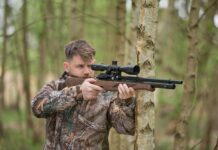






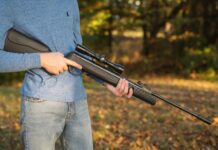











































 Boyne City, Michigan – May 17th – 21st – “National Morel Mushroom Festival“
Boyne City, Michigan – May 17th – 21st – “National Morel Mushroom Festival“






